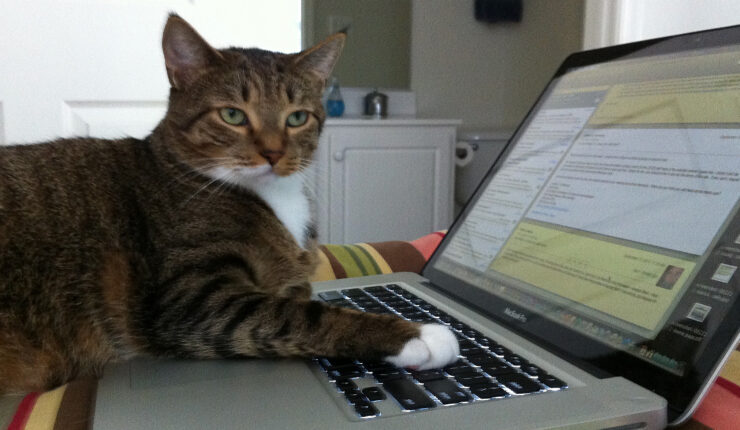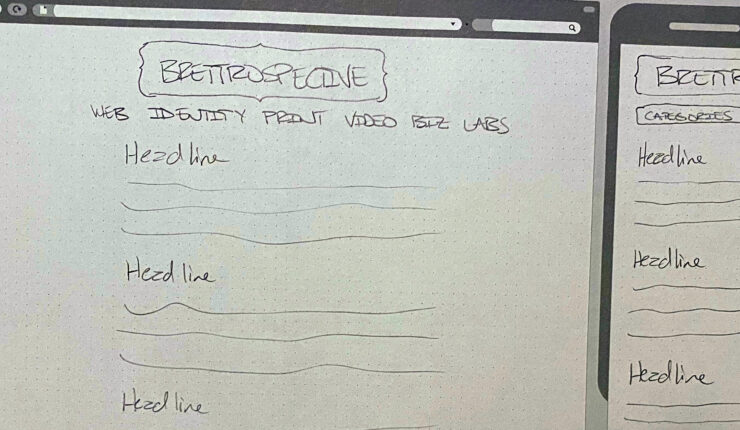Category: user experience
-
March 12, 2020 | Web
Update: The Bland Brettrospective
An update on where I am with redesign my blog’s theme.
-
September 26, 2019 | Web
The Perfect User Interface Sketch Pad
Check out the perfect sketch pad for me to take pencil to paper as I ideate on designs for brettro.com
-
As I rekindled my blog I realized its custom theme hadn’t been touched in nearly seven years so as I design and develop the new one I plan to document my decisions and the things I learn here.
-
June 5, 2011 | Business
Strategory
I’m well on my way to executing my Three Step Plan of becoming more familiar with and better at coding for two brilliantly executed, powerhouse web publishing platforms, honing my design skills and preparing better content, continuing my education and becoming an active, beneficial voice in the community.


